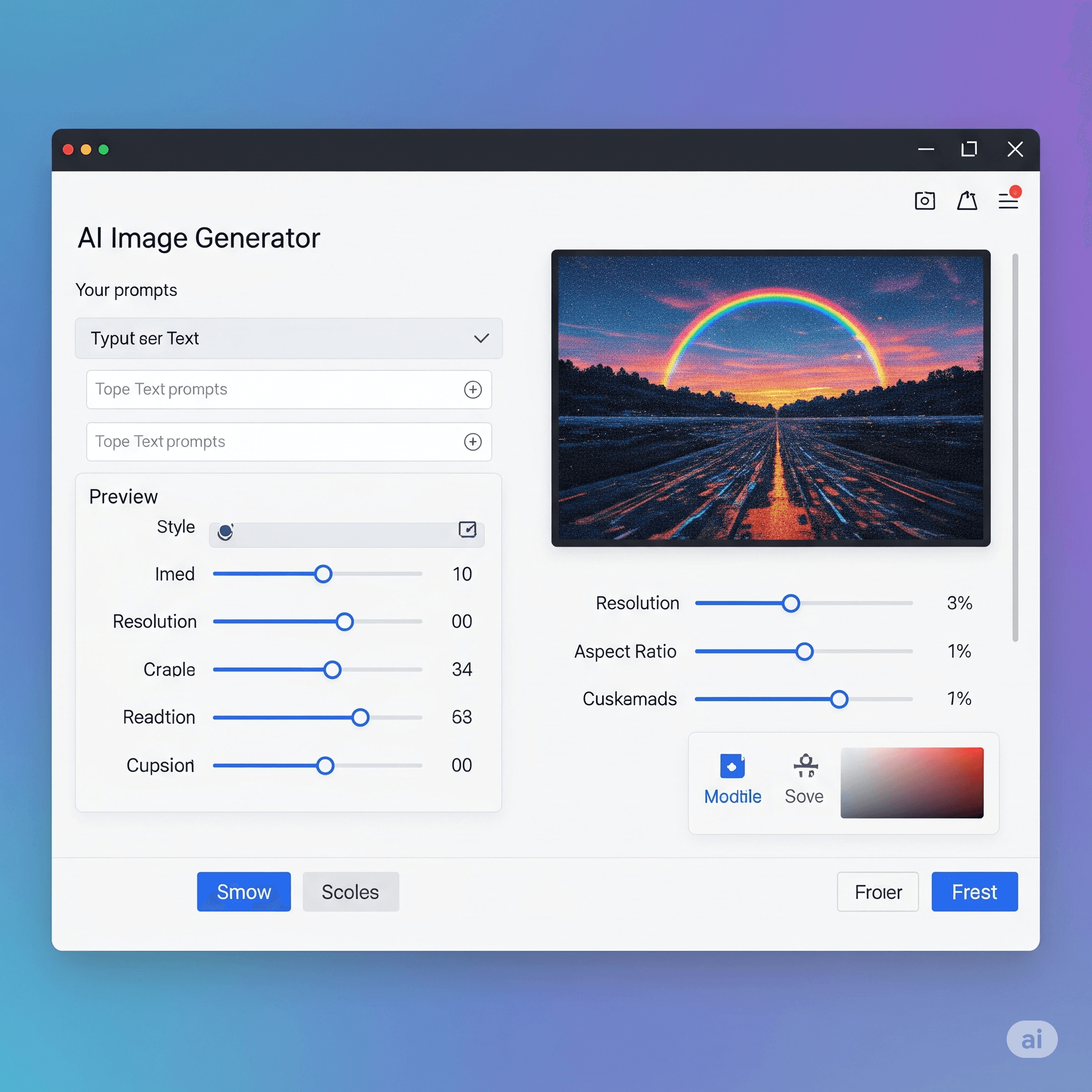Question: FORTRAN is
Answer:
FORTRAN is an acronym for "Formula Translation." It is a high-level programming language specifically designed for scientific and engineering calculations. FORTRAN was developed in the 1950s by a team led by John Backus at IBM.
Key features of FORTRAN include:
1. Numerical Computation: FORTRAN was designed to efficiently handle numerical computations and mathematical operations. It supports a wide range of mathematical functions, arrays, and matrix operations.
2. Portability: FORTRAN programs can be easily transferred or ported across different computer systems and architectures. This portability made it a widely adopted language in the scientific and engineering communities.
3. Efficiency: FORTRAN is known for its ability to generate highly efficient code. It includes features such as loop optimization and array processing that allow for efficient utilization of computer resources.
4. Scientific Programming: FORTRAN includes built-in support for scientific programming, with features such as complex number handling, trigonometric functions, and input/output operations tailored for scientific calculations.
5. Legacy and Current Usage: FORTRAN has a long history and remains in use today, particularly in fields such as scientific research, engineering, and computational mathematics. Modern versions of FORTRAN, such as Fortran 90, Fortran 95, and Fortran 2003, have introduced additional features and improvements while maintaining compatibility with older versions.
FORTRAN played a crucial role in the early development of computer programming and contributed to the advancement of scientific and engineering disciplines by enabling complex calculations and simulations.
MCQ: FORTRAN is
Explanation:
FORTRAN is an acronym for "Formula Translation." It is a high-level programming language specifically designed for scientific and engineering calculations. FORTRAN was developed in the 1950s by a team led by John Backus at IBM.
Key features of FORTRAN include:
1. Numerical Computation: FORTRAN was designed to efficiently handle numerical computations and mathematical operations. It supports a wide range of mathematical functions, arrays, and matrix operations.
2. Portability: FORTRAN programs can be easily transferred or ported across different computer systems and architectures. This portability made it a widely adopted language in the scientific and engineering communities.
3. Efficiency: FORTRAN is known for its ability to generate highly efficient code. It includes features such as loop optimization and array processing that allow for efficient utilization of computer resources.
4. Scientific Programming: FORTRAN includes built-in support for scientific programming, with features such as complex number handling, trigonometric functions, and input/output operations tailored for scientific calculations.
5. Legacy and Current Usage: FORTRAN has a long history and remains in use today, particularly in fields such as scientific research, engineering, and computational mathematics. Modern versions of FORTRAN, such as Fortran 90, Fortran 95, and Fortran 2003, have introduced additional features and improvements while maintaining compatibility with older versions.
FORTRAN played a crucial role in the early development of computer programming and contributed to the advancement of scientific and engineering disciplines by enabling complex calculations and simulations.
Discuss a Question
Related Questions
- 1. EEPROM stands for
- 2. Second Generation computers were developed during
- 3. The computer size was very large in
- 4. Microprocessors as switching devices are for which generation computers
- 5. Which of the following devices can be sued to directly image printed text?
- 6. The output quality of a printer is measured by
- 7. In analogue computer
- 8. In latest generation computers, the instructions are executed
- 9. Who designed the first electronics computer – ENIAC?
- 10. Who invented the high level language “C”?
You may be interested in:
Computer Basics MCQs






